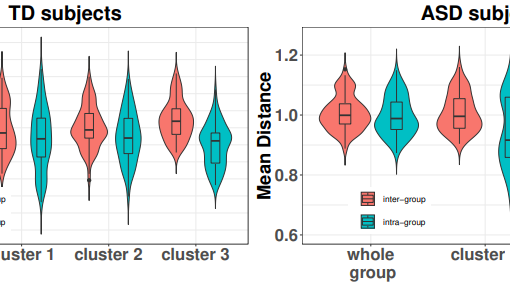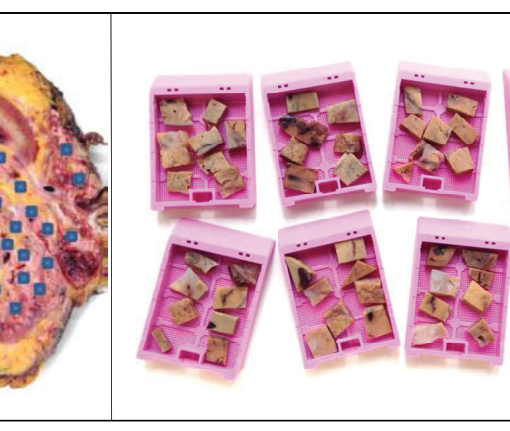J.M. Cortes, A. Greve, A. Barrett and M.C.W. van Rossum. Dynamics and Robustness of Familiarity Memory. Neural Computation 22: 448-466, 2010 [pdf]
When presented with an item or a face, one might have a sense of recognition without the ability to recall when or where the stimulus has been encountered before. This sense of recognition is called familiarity memory. Following previous computational studies of familiarity memory, we investigate the dynamical properties of familiarity discrimination and contrast two different familiarity discriminators: one based on the energy of the neural network and the other based on the time derivative of the energy. We show how the familiarity signal decays rapidly after stimulus presentation. For both discriminators, we calculate the capacity using mean field analysis. Compared to recall capacity (the classical associative memory in Hopfield nets), both the energy and the slope discriminators have bigger capacity, yet the energy-based discriminator has a higher capacity than one based on its time derivative. Finally, both discriminators are found to have a different noise dependence.





